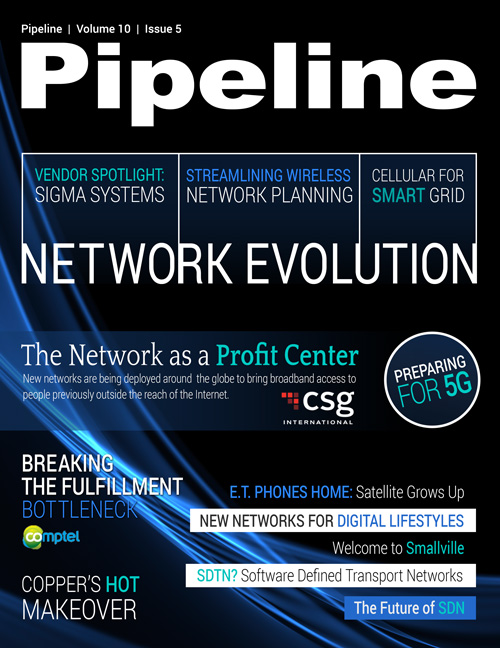Communications and Entertainment Technology News
Regionally speaking, North America will be the largest contributor to Diameter signaling traffic each year in the period being forecast, and by 2017 it’s expected to reach nearly 43 million MPS, coinciding with the accelerated uptake of 4G LTE in the region.
Next-Gen Wi-Fi
Carrier-grade Wi-Fi is on a roll, but in order for it to make a big splash, Passpoint, the next-generation Wi-Fi hotspot standard, has to catch on with consumers. Passpoint enables seamless identification, authentication, offloading, and encryption—the kinds of things that make Wi-Fi truly carrier grade.
Last month Boingo Wireless launched the world’s first Passpoint-enabled Wi-Fi hotspots in Chicago’s O’Hare International Airport. Since O’Hare serves more than 67 million passengers each year, the world will be waiting to see how Passpoint performs.
“We believe that carrier offload will be an important growth driver for Boingo and the Wi-Fi industry at large, especially as standards-based, seamless offload methods like this become more prevalent in market,” said David Hagan, CEO of Boingo Wireless, in a news release. “The sheer volume of users in high-volume, high-traffic locations like O’Hare airport creates data-demand thresholds that can tax traditional mobile networks; Wi-Fi offload via Passpoint creates additional data capacity for carriers without forcing users to jump through hoops.”Cricket Wireless chose a different tactic to tap into Wi-Fi: the no-contract mobile operator has teamed up with Devicescape to gain access to 16 million public Wi-Fi hotspots. Devicescape’s Curated Virtual Network (CVN) extends capacity for mobile operators, making hotspot identification and connection a breeze for consumers.
Microsoft boosts mobile play with Nokia acquisition
Microsoft, one of the largest tech firms on the planet, has had a tough time breaking into the upper echelon of mobile. First, the House That Gates Built was slow to the plate, missing out on mobile as its competitors surged ahead. Even after retooling its strategy, the company’s Windows Phone platform still trails Apple’s iOS and Google’s Android by a massive margin; its Windows 8 interface, which attempted to unify desktop and mobile platforms, wasn’t well received by the public; and its Surface tablet flopped, costing Microsoft nearly a billion dollars.
In an attempt to turn the tide and catch up with its competitors, Microsoft is once again reaching into its giant piggy bank to buy itself out of a rut. The company announced in September that it will acquire the devices-and-services division of Nokia for $7.2 billion.




















